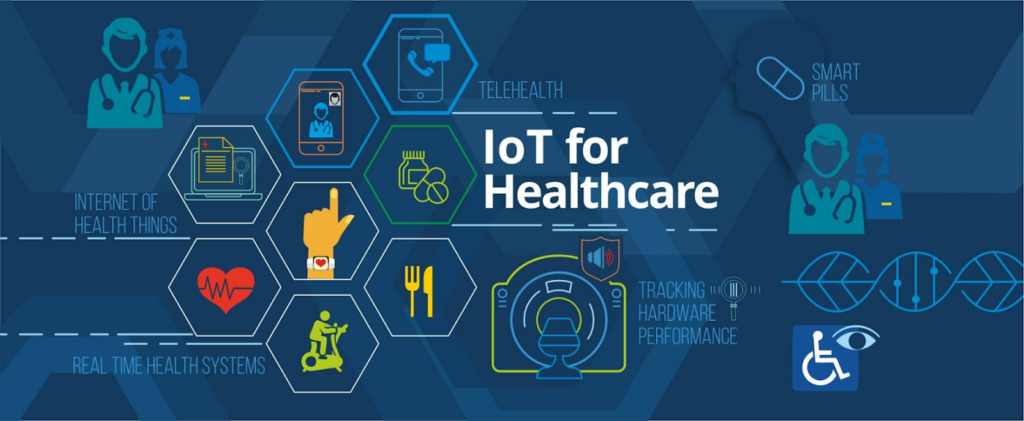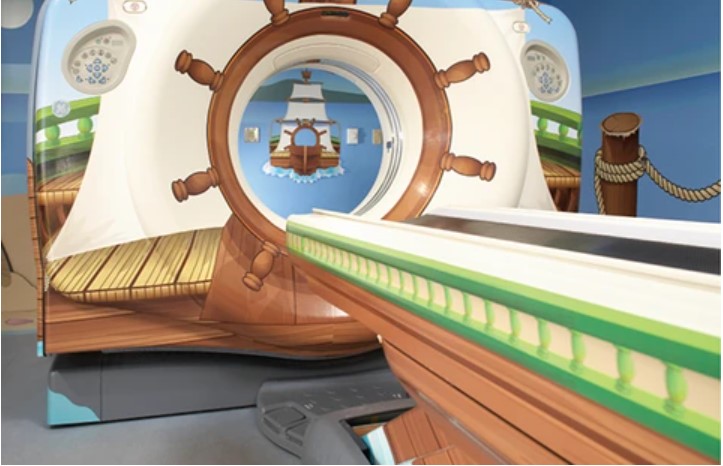Data is driving change in most industries in the past years. Enterprises gathering significant data from users can tailor their experience better to them.
Major tech players have entered the field of Health in recent years. Fitness promotion, health indicators monitoring, and emergency contact are some of the key features that companies like Apple, Samsung, Meta, Fitbit, or Garmin have in their offerings through tracking wearables in form of smartwatches with GPS, Barometer, Gyromenters and an array of medical-grade sensors, like Apple’s FDA Approved ECG sensor in the Apple Watch.
This ability to gather data from the user in a non-invasive and continuous way is great news for health services around the world. Some of the main Health indicators, like blood pressure, oxygen levels, and glucose levels that previously required a visit to the doctor now can be done in real-time and telematic, reducing pressure on a strained health system and reducing cost in an ever-increasing expense for governments around Europe.
Telehealth or remote doctor’s consultations are another great option for non-urgent questions that don’t require a physical appointment anymore and help prevent overcrowded hospitals.
A sensible way to collect data can help health administrators track a population’s overall health and implement policy to help their citizens lead a healthier life because prevention is always a better solution than treatment. An easier and most continuous way of following up with patients via Telehealth is also a better way to ensure that people are on track with their treatment in a more efficient manner.

–Literature:
https://blog.kiversal.com/que-es-la-iomt/

